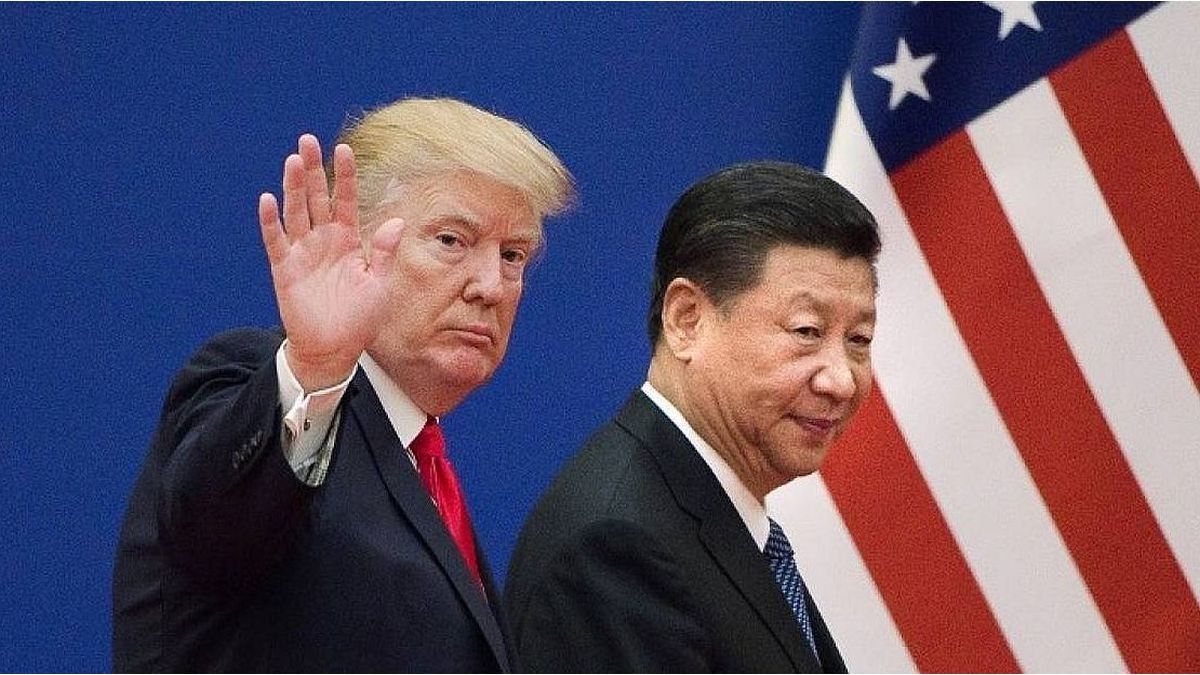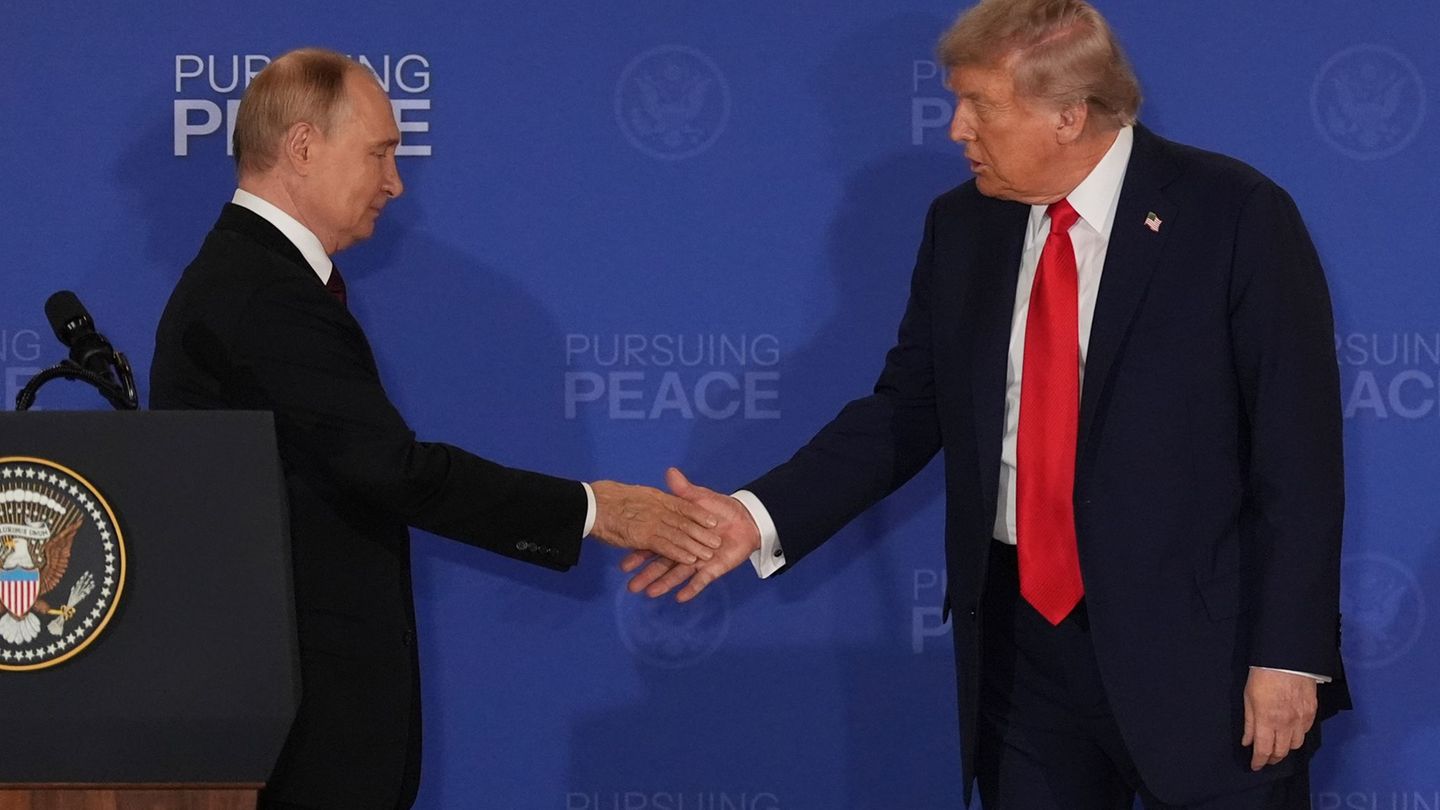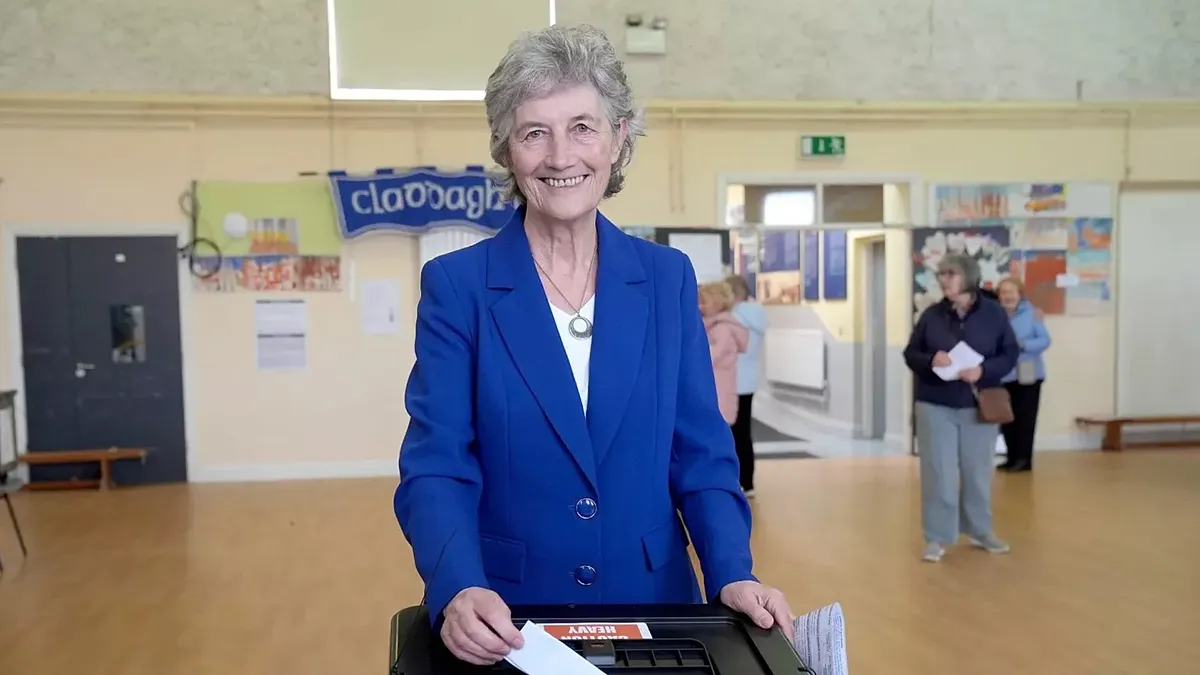I am an author and journalist who has worked in the entertainment industry for over a decade. I currently work as a news editor at a major news website, and my focus is on covering the latest trends in entertainment. I also write occasional pieces for other outlets, and have authored two books about the entertainment industry.
Menu
Festival season: women in rap: too much, too loud, too sexy, too soft?
Categories
Most Read
Affair at the first coffee: “It immediately felt like cheating”
October 25, 2025
No Comments
The dog from “The Wizard of Oz” earned more than some actors: the shocking sum she earned
October 25, 2025
No Comments
Floods in the AMBA: what will happen to the Tini Stoessel show this Saturday, October 25
October 25, 2025
No Comments
Netflix’s Addictive New K-Drama: The Heartwarming Story of a Man Navigating Self-Discovery
October 25, 2025
No Comments
Visit to the country: Spanish royals prefer it casual
October 25, 2025
No Comments
Latest Posts

Before the meeting between Donald Trump and Xi Jinping, the US opens a tariff investigation into China
October 25, 2025
No Comments
October 25, 2025 – 18:03 The leaders of both countries plan to meet in South Korea, but their financial teams have a bilateral agenda in

Ukraine War: Trump: Don’t meet Putin until deal is secure
October 25, 2025
No Comments
IvanI have been working in the news industry for over 6 years, first as a reporter and now as an editor. I have covered politics

With progressive support, Catherine Connolly is the new president
October 25, 2025
No Comments
October 25, 2025 – 17:07 She obtained more than 63% of the votes and replaces Michael Higgins, who has governed since 2011. She is the
24 Hours Worlds is a comprehensive source of instant world current affairs, offering up-to-the-minute coverage of breaking news and events from around the globe. With a team of experienced journalists and experts on hand 24/7.

